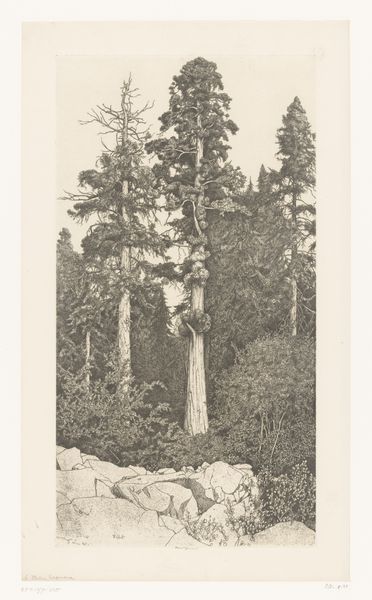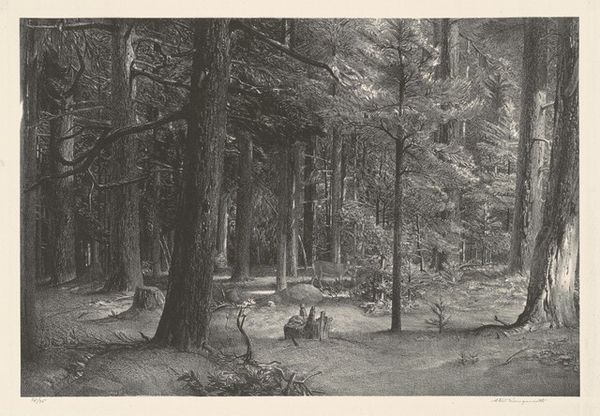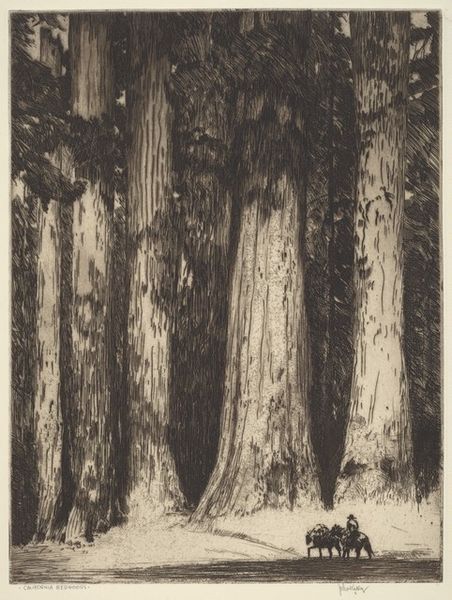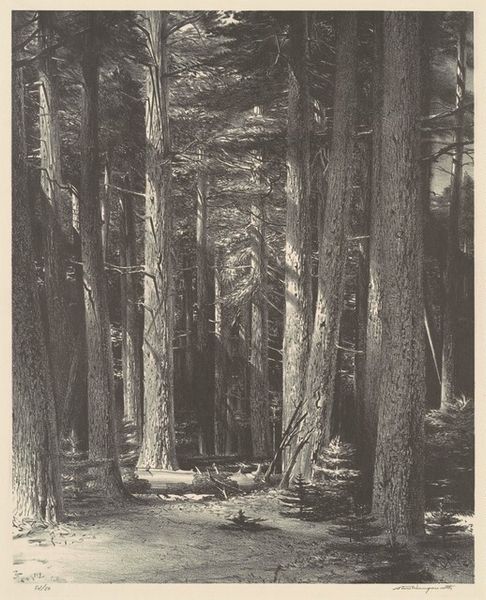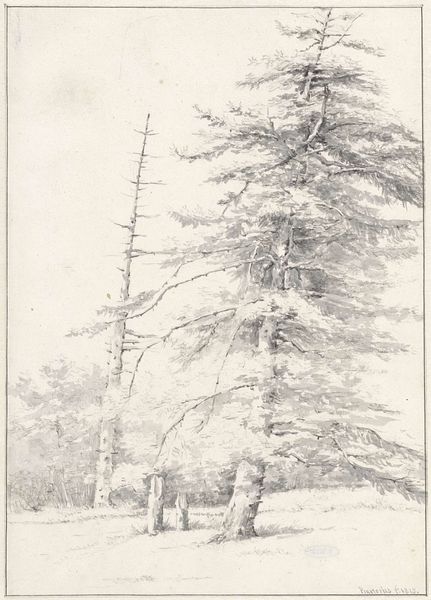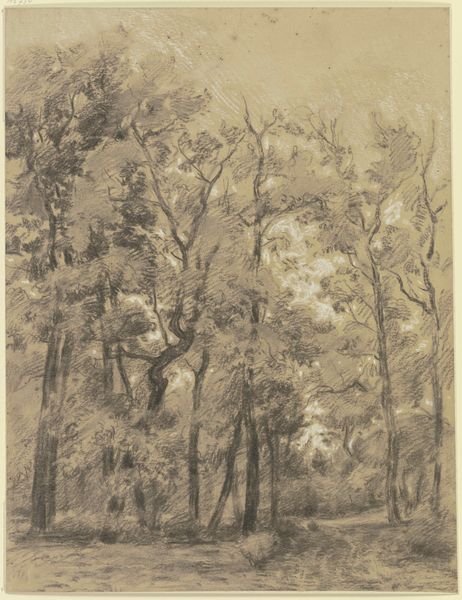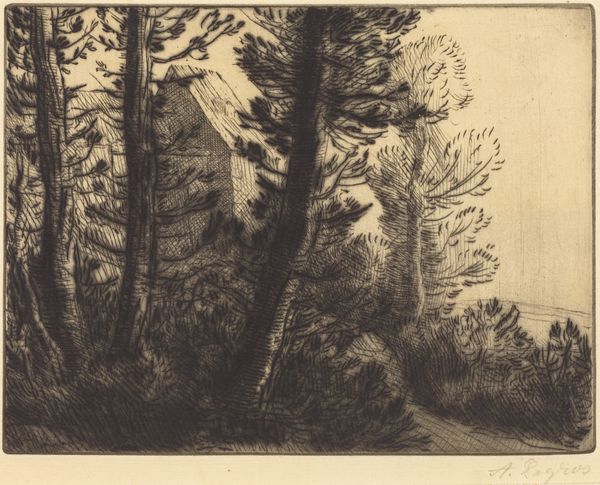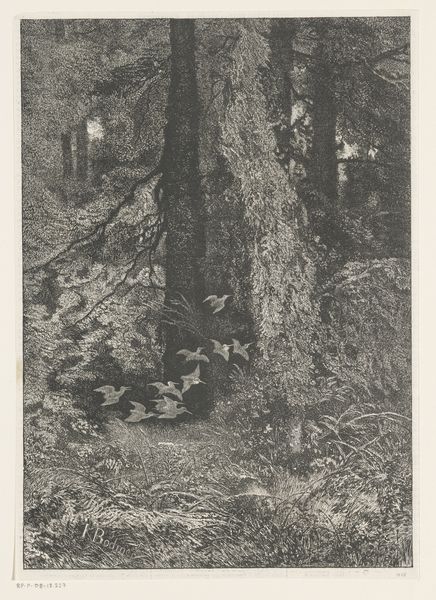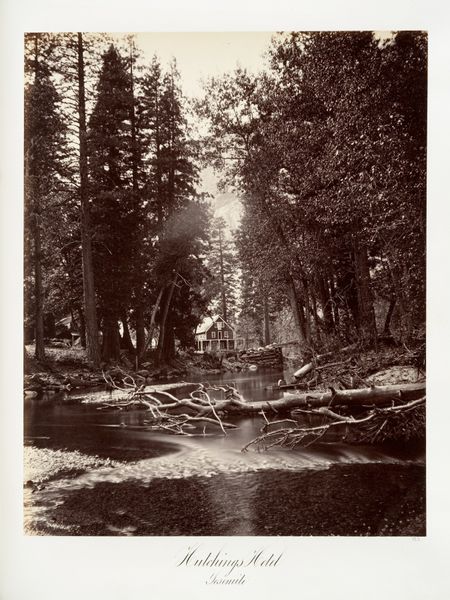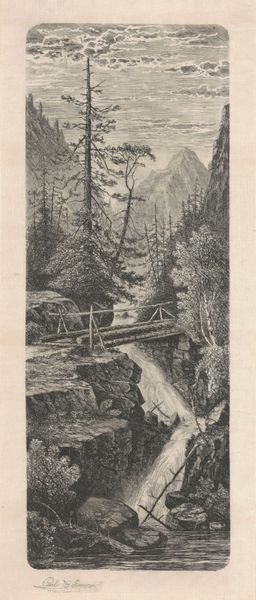
photography, site-specific, gelatin-silver-print
#
landscape
#
photography
#
site-specific
#
gelatin-silver-print
#
hudson-river-school
#
realism
Dimensions: overall: 52.5 x 39.2 cm (20 11/16 x 15 7/16 in.)
Copyright: National Gallery of Art: CC0 1.0
Editor: This is Carleton Watkins' "Grizzly Giant, Mariposa Grove," a gelatin silver print from 1861. The sheer scale of the tree is incredible, almost unbelievable. What strikes me is how it dwarfs everything around it, including, presumably, any humans that might be present. How do you interpret this work? Curator: It's crucial to recognize Watkins' role as a Western photographer capturing images of a landscape deeply intertwined with Manifest Destiny and the violent displacement of Indigenous populations. How does understanding this context shift your perspective on the photograph's initial impact? Editor: I hadn’t really considered that. So, you’re saying that the sublime beauty of the landscape might obscure a more problematic history? Curator: Precisely. These images, while aesthetically compelling, functioned as promotional material, encouraging westward expansion and resource extraction. Consider how the "Grizzly Giant" itself becomes a symbol. Is it a testament to nature’s grandeur or a resource ripe for exploitation? The framing itself feels strategic, don’t you think? Editor: It’s almost like an advertisement, emphasizing the vastness and potential of the American West. The composition is definitely heroic, giving it this sense of promise. Curator: Absolutely. Now think about how the dispossession of land from indigenous people facilitated capitalist exploitation that directly benefits wealthy landowners. Watkins and his photography play a part in that history, helping enable some truly sinister economic ventures and further entrench inequities still with us today. Editor: I see it differently now. Thanks for helping me consider the social and political implications embedded within the image. Curator: It is essential that we develop our visual literacy to understand these historical representations of landscape not as neutral documents, but as active participants in shaping narratives of power and progress. Hopefully more will appreciate this shift in context!
Comments
No comments
Be the first to comment and join the conversation on the ultimate creative platform.

